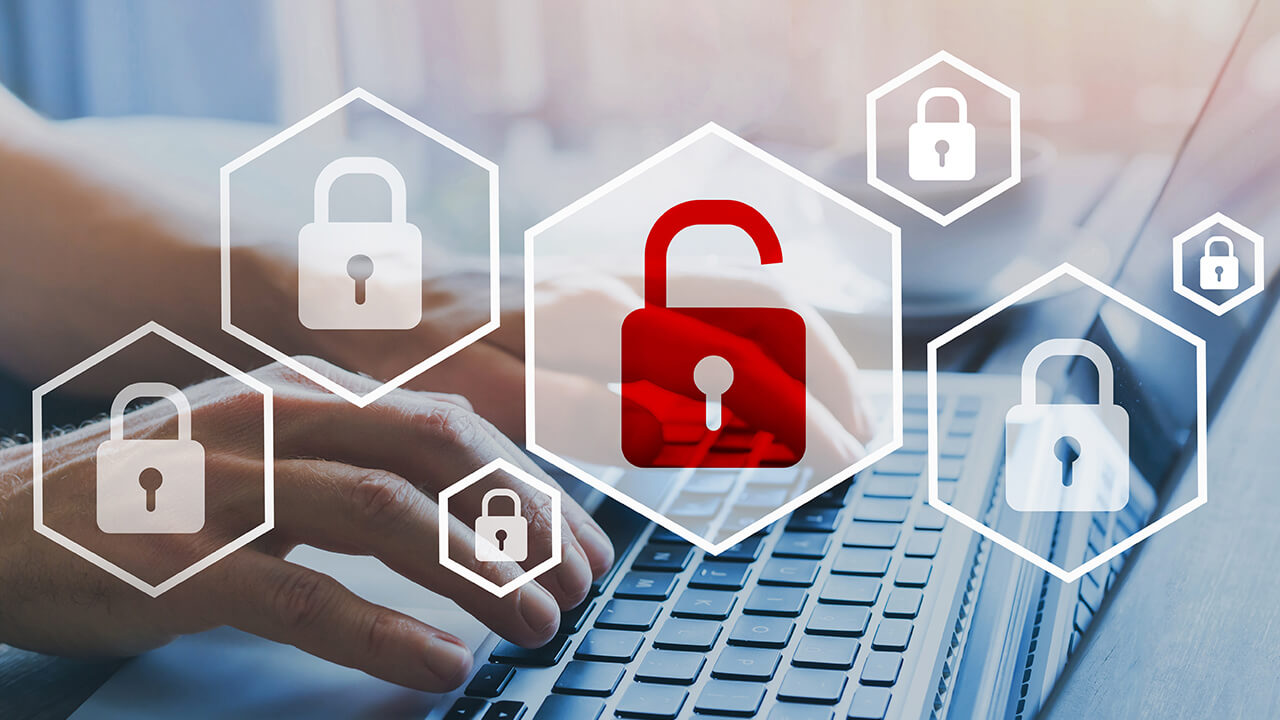Yes, you need an IT Risk Assessment

 By
Jason Miller
·
3 minute read
By
Jason Miller
·
3 minute read
When was your last IT risk assessment? If you answered never, we will pretend we didn’t hear that. Cyber threats are now a concern for all organizations and companies can no longer ask if a cyber attack will occur, but when. As a result, performing a risk assessment is a necessity of every business despite its size or industry.
What is the purpose of an IT risk assessment?
The core purpose of an IT risk assessment, or cybersecurity risk assessment, is to reveal network vulnerabilities that give cyber criminals an opening into an organization. By detecting cyber risks, companies can mitigate attacks even before they start.
Knowledge of the risk assessment process is especially critical for IT departments and IT security professionals who are often governed by compliance rules such as the Gramm-Leach-Bliley Act (GLBA). In short, conducting regular assessments is a mandatory practice.
When should you perform an IT risk assessment?
Once you establish the importance of the risk assessment, the next step is to learn when and how often to implement the process. In our opinion, a risk assessment is most beneficial when performed one to two times per year. If tests are performed more frequently, security teams are unable to fully implement the findings from the previous results. Conducting assessments at this frequency also allows for enough time to properly measure and analyze the results.
What happens during a cybersecurity risk assessment?
The process of a cybersecurity risk assessment is relatively simple and includes four primary steps. Please note, each of these steps is crucial and none should be skipped.
Step 1: Gather information
All risk assessments begin by gathering information that will help organizations follow through with its analysis. Although vast, the information needed for this process can be categorized into three topics:
- System-related information: This includes info relating to hardware, software, and any data that lives on your system.
- Business-related information: This includes info containing business records, vendor contracts, etc.
- Natural-related information: This includes info like geological survey maps and weather data that could affect connectivity and data loss.
Step 2: Identify threats
The second step of the risk assessment is to identify key threats by analyzing the collected data. For example, the information collected from the system may highlight outdated programs and software. This knowledge then allows security teams to implement a solution and create certain protocols for the future.
Another threat commonly identified during a cybersecurity risk assessment is the presence of malware and/or viruses. If organizations can identify the entry point of these threats, they can mitigate future attacks.
Risk assessment reports also commonly find issues with data storage solutions. Many companies often realize that their data is stored on hardware. If this hardware is ever damaged, all of its data can quickly be erased.
Step 3: Find the weaknesses
After the primary threats are identified, the next step in the IT risk assessment is to establish weaknesses. This step of the assessment includes looking at the organization’s IT system to figure out what threats may turn into problems.
These weaknesses could include firewall issues, data collection problems, system administration faults, etc. Once the main threats are identified, finding key weak points in the network becomes fairly simple.
Step 4: Risk analysis
The final step in the cybersecurity assessment process is the risk analysis. In this step, an analysis is created that outlines the likelihood of these threats occurring. In addition, the risk analysis also outlines the severity of a potential attack, and how much the business could suffer.
One benefit of the risk analysis is that companies can easily see which threats are the biggest concern for the company. On the flip side, the business will also receive clarification about the threats that are least likely to happen. By outlining the risk potential, organizations can prioritize which threats they should handle first.
What do you do after an IT risk assessment?
Once the process is complete, the best approach is to determine next steps for implementing security measures. Risks with a high risk of occurrence and consequence should get tackled first.
After the organization strengthens its weak points, we suggest running another assessment to compare the results. As mentioned earlier, the actual implementation process can take some time, so allow for 6 to 12 months between assessments.
In summary, every organization needs to carry out cybersecurity assessments. These assessments are crucial to uncovering any cybersecurity threats that may impact an organization. Risk assessments not only help security teams improve and create an IT system that’s more secure, but they can prevent common threats from happening.
To learn more about the risk assessment process, or BitLyft’s cloud-based SIEM service powered by LogRhythm, contact us today.
